Last week, the , , and reported that Byliner, the innovative digital publisher, sent an email to contributors telling them the future of the company is uncertain.
Launched in 2011, publishes e-singles — — and offers a $5.99 monthly subscription with access to all its content through its website and mobile apps.
That content consists, generally, of long form journalism and fiction. Since its inception, Byliner has been able to acquire titles by big name writers like Margaret Atwood, Jodi Picoult, Chuck Palahniuk, and Jon Krakauer.
Until last week,
So…what went wrong?
Byliner has, so far, declined to comment on the particulars of their struggles, but a quick trip through the Byliner universe exposes a number of issues that point to one problem:
Byliner has failed to develop a strong model for engagement.
In other words, Byliner is a beautiful, innovative publisher with high profile contributors, but evidence suggests they do a bad job at encouraging people to visit their site and actually read and share the work they publish.
Exhibit A: My Inbox
On April 23rd, I created an account on Byliner. With the exception of my welcome email, how many times do you think Byliner has tried to contact me since?
If you said zero, you’d be right. Compared to how many times Buzzfeed Books reaches out (every single day!), that’s pretty poor.
Typically, companies use what are called “drip campaigns” to bring visitors back to their site. These are automatically generated emails meant to re-engage the recipient. As a non-paying account holder, I was the perfect candidate for follow up. Byliner should’ve been demonstrating their value through email.
Why didn’t they? I have no idea.
But there’s no success in silence.
It’s possible I was never contacted because by April 23rd Byliner was already knee deep in problems, but we’re not talking about a real live human, prone to distraction, sitting at a computer and hitting send. We’re talking about an automatic process run by a machine that should’ve been set up long ago.
Exhibit B: Byliner’s Twitter Feed
Take a look a this recent screenshot of . What do you notice?
Most of the tweets have only a handful of favorites and retweets. Again, this points to a poor engagement strategy. How is anyone supposed to know about a great piece on Byliner if no one is sharing that article?
To put this in perspective, I get a simlar level of engagement when I tweet about this:
And I have 21,900 fewer followers.
Perhaps more beguiling: the complete absence of hashtags. . Discovery is central to Twitter, and hasthags facilitate that process. Why wouldn’t byliner hashtag its stories in an effort to get them in front of more eyes?
The last time they used one was on April 26th:
Perhaps if they used hashtags more regularly, rather than only during hashtag games, they might achieve Polaroid of Dorian Gray levels of engagement for a tweet that actually drove traffic to their site.
Exhibit C: Two apps too many
Byliner has two apps that they support on Google Play and Apple — the regular Byliner app and a slimmed down version called Byliner Weekly.
I’ve never been able to get the regular Byliner app to work on my iPad or iPhone. It crashes every time I try to sign in, which seems like a common problem based on reviews in the app store:
Two apps means double the maintenance, double the updates, double everything. It’s no wonder there are performance issues. The more code you have to maintain, the more you stretch your resources thin. Not to mention you confuse potential regular readers who now have to ask themselves: which Byliner app do I want/need? Or should I just use the website?
My guess is that Byliner Weekly was created as a sort’ve teaser magazine to a) test the Google Play market (the regular Byliner app is not available on android); and b) provide a free entry point into Byliner for readers.
Fair enough. But one must reconcile ambition with available resources. Do you want a lot of mediocre, somewhat glitchy experiences, or one really amazing one?
Remember, Byliner also has a completely responsive desktop and mobile site to maintain, too.
Exhibit D: Byliner doesn’t seem to know what it wants to be really good at
Trying out new things is essential to the success of a young company, but Byliner seems to have taken a best practice too far, landing them in a no mans land where they are good or okay at many things, but excellent at none. Take, for example, the messaging on their site. Byliner wants to be a platform for discovery, and yet they also want to be recognized for the big, established names they publish — the Atwoods, the Krakauers, the Palahniuks.
The messages are in combat with one another, and, because the big names are more tangible, because they’re known, they win out over the more amorphous discovery message.
For this reason, I’ve always had a hard time believing Byliner will introduce me to someone new. For all I know, they might, but presenting a list of writers I already know does nothing to demonstrate this value. Add to that the poor engagement processes noted above, and it’s unlikely I’ll made aware of something or someone new through Twitter, Facebook or email, either
What reason, then, do I have to sign up? Let alone pay $5.99 a month for a subscription?
Exhibit E: My subscription to Byliner is still free
To add to the mystery of Byliner’s struggles, the 14 day free subscription that came with my account on April 23rd is still free. It’s now June 8th, a whole 46 days later.
Conclusion:
The only statement Byliner issued regarding the matter came in an email to contributors where they wrote:
As for our own story, it’s undergoing some changes. We’ve struggled to reach the level of growth we’d been hoping for the business, and thus we’ve begun conversations with possible partners about the future of Byliner.
When a company says they’ve struggled to attain a certain level of growth they almost always mean they don’t have enough engaged users.
Given the evidence, that doesn’t come as a huge surprise, and while none of the examples above could sink a company by themselves the problems add up.
One nick here…
Another nick there…
Byliner’s death — should it happen — would be one of a 1000 paper cuts.
Follow



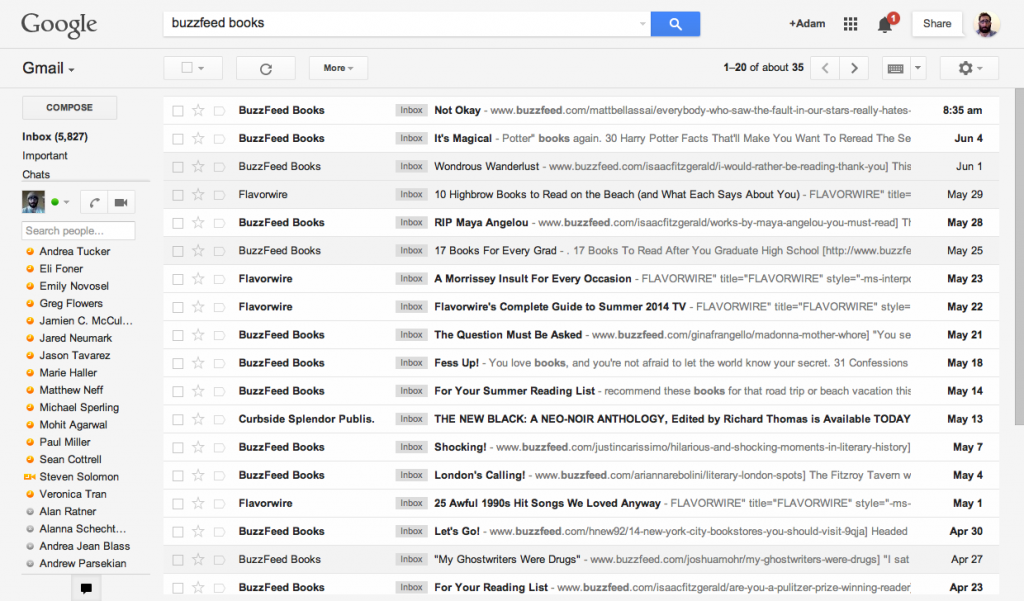
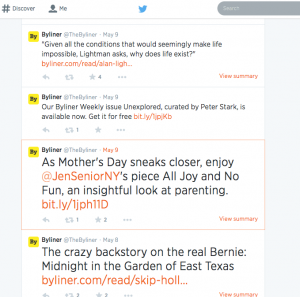

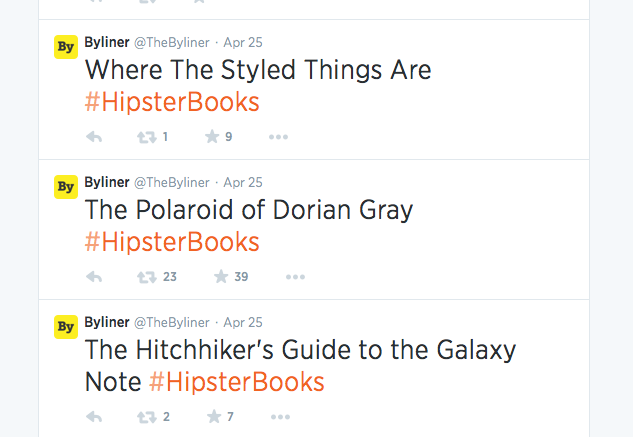
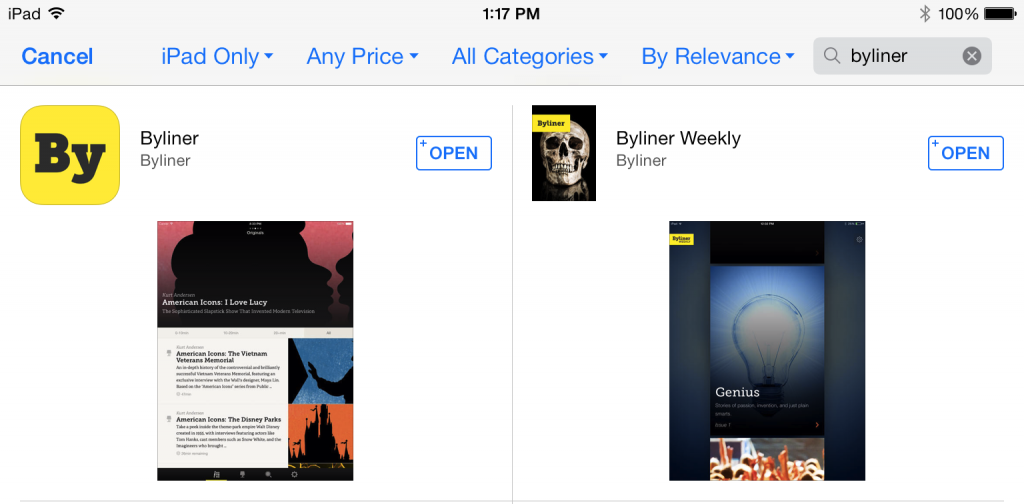
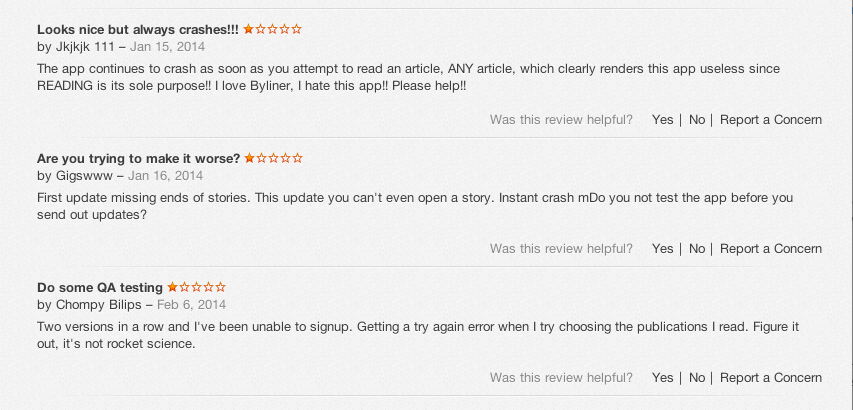











3 Comments
Pingback:
Pingback:
Pingback: